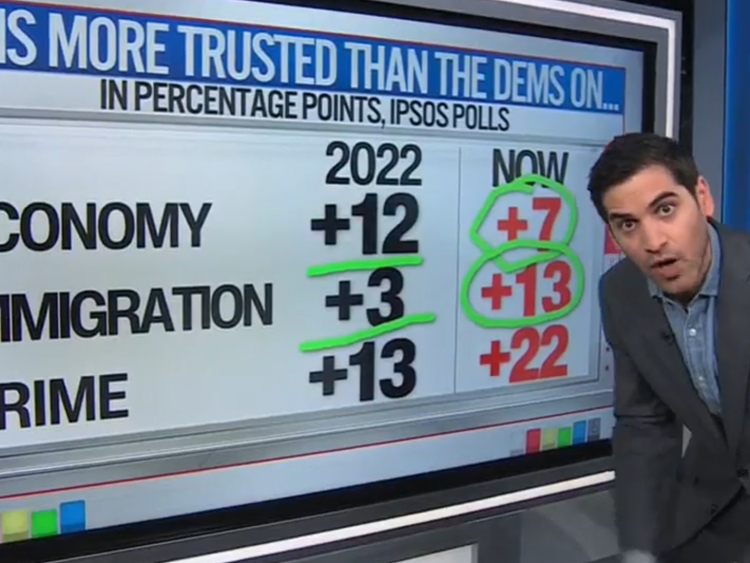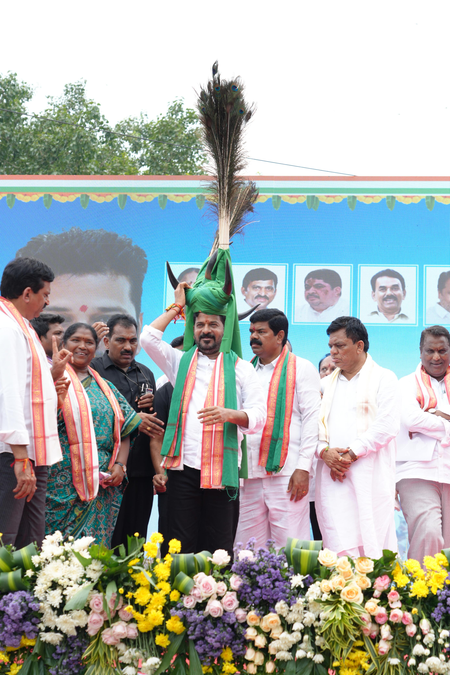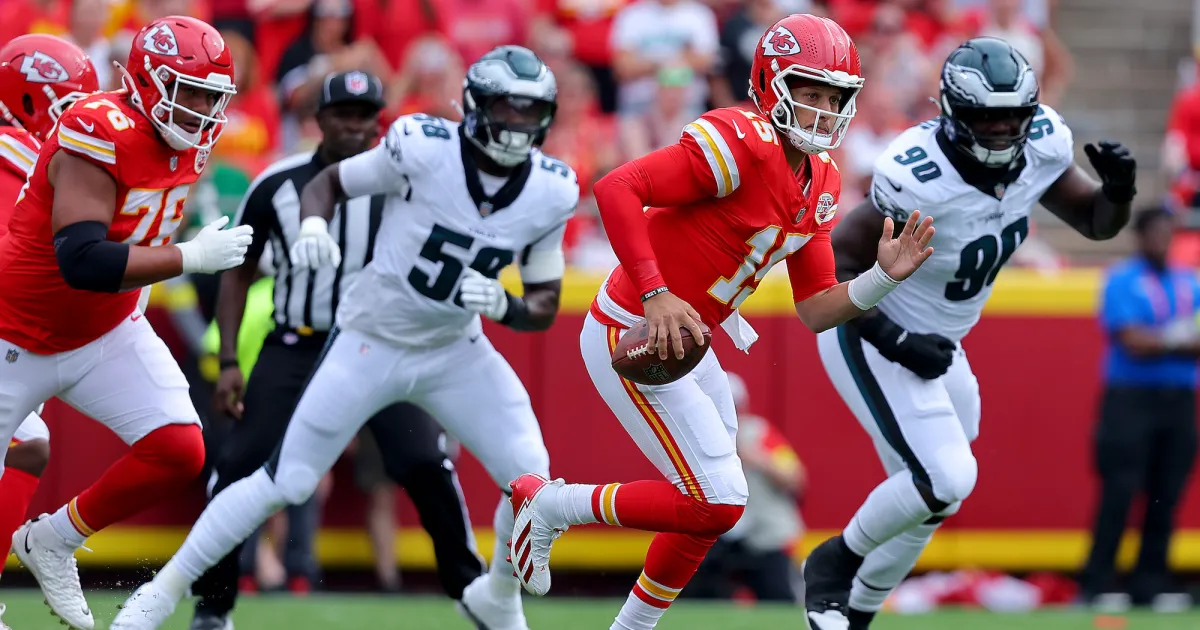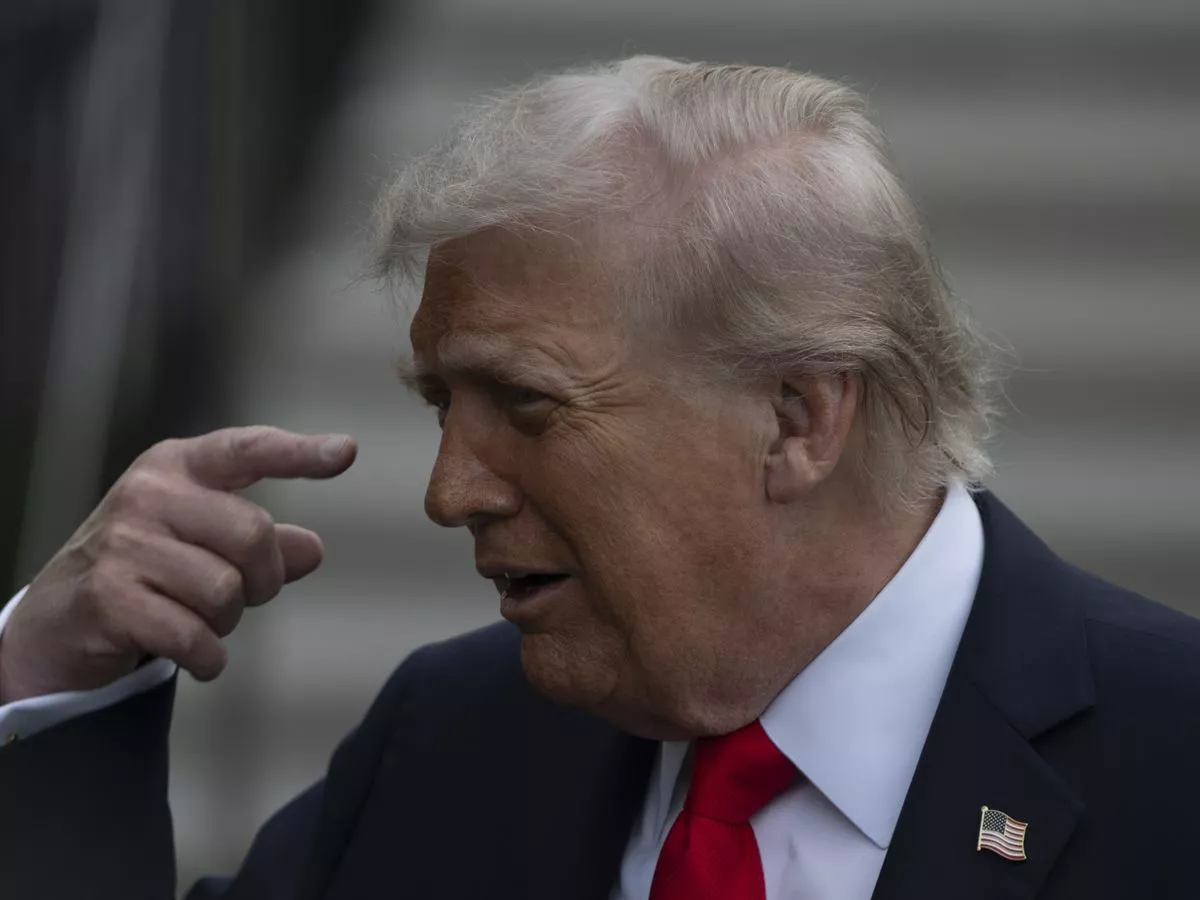By Victor Dawes
Copyright scmp
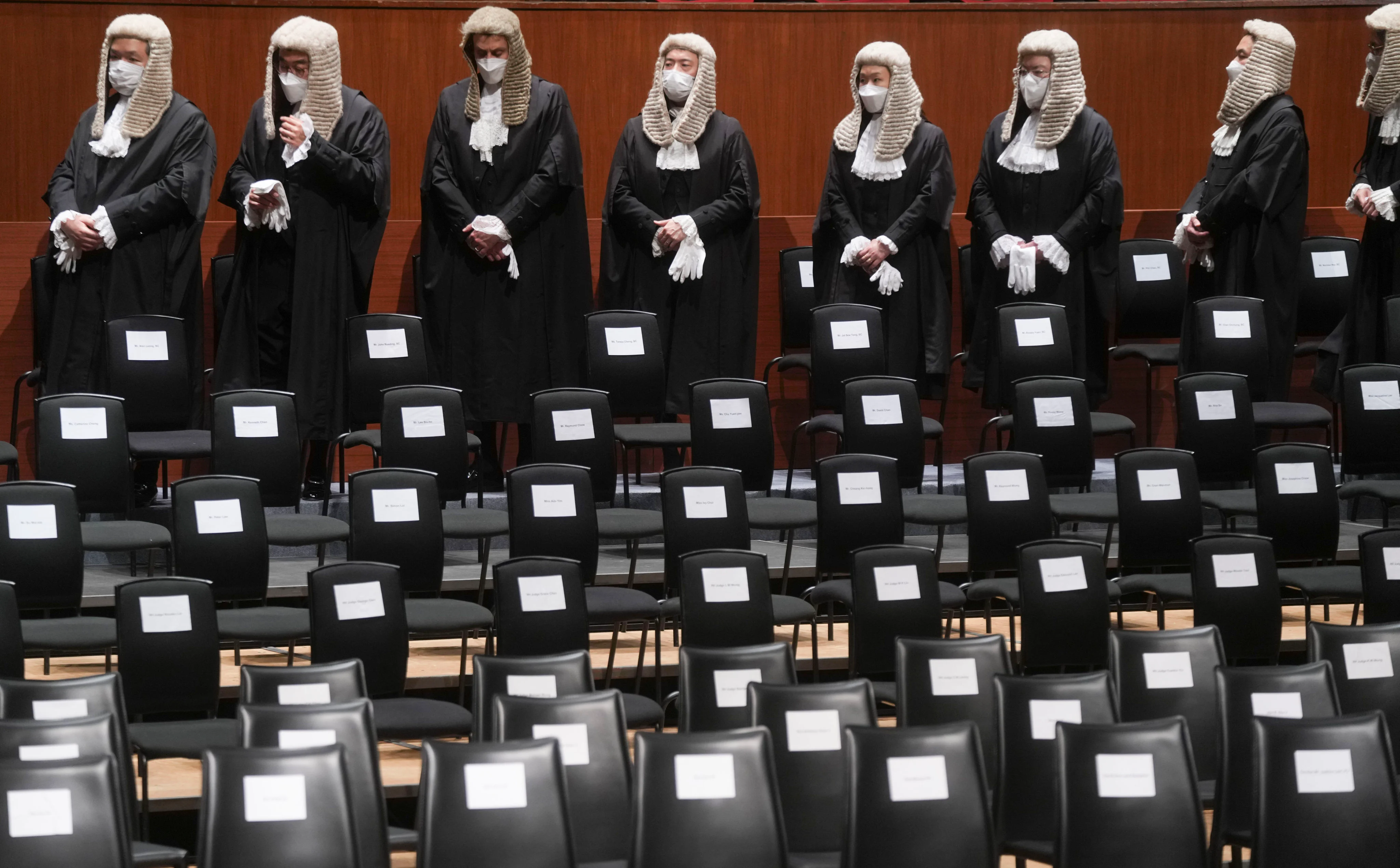
On the first day of my pupillage in September 1999, my “pupil master” showed me around his chambers and introduced me to various members. Not being alive to our customs and traditions, I put my hand out expecting a firm handshake with a senior member but was told: “You are now a member of the Bar and we do not shake hands with each other.”
It was then explained to me that the tradition was rooted in the sword-bearing era, when a handshake signalled no hostile intent and was unnecessary for a gentleman’s profession.
What followed for me was 12 months as “the lowest form of legal life”, which was most enjoyable and challenging.
It was challenging for me to discover how little I knew, but it was probably more challenging for my pupil masters, who had to deal with the shock of discovering how little I knew. One of them commented that it was easier to teach a piece of char siu (Cantonese barbecue pork) than to teach me. I am still not entirely sure it was meant to be a joke, but I have convinced myself that it was.
The routine of being cross-examined by them on my work and my inability to come up with anything coherent in response continued for the next 12 months.
To my horror, that began to happen again a few years later when one of my pupil masters joined the bench (i.e. became a judge). My inability to deal with questions from him has become a recurring feature of my day-to-day life when appearing before him in court.
The system of pupillage has many unique features when compared with the training of other young professionals. The history of the system is also most interesting.
During the reign of Edward I (1272–1307) in England, a body of advocates who served as intermediaries between judges and private litigants evolved into a new class of “legal experts” – a class that soon outnumbered the judiciary.
By that time, this new profession had begun to divide into two distinct types, foreshadowing the modern roles of barristers and solicitors.
On the one hand, there were the serjeants, who appeared in court to speak on behalf of their clients; on the other were the attorneys, who, though also present in court, were primarily responsible for managing procedural matters and overseeing the conduct of litigation.
As a result, the increasing specialisation of the emerging legal profession – particularly in expert advocacy and mastery of the king’s forms – during the 13th century prompted for the first time the development of a system of specialised legal education.
Though initially informal, this system gradually evolved into a formalised and institutional framework.
Thus, many attribute the early development of the modern pupillage system to its roots in this medieval apprenticeship model, in which legal education centred on a tutelage system.
The early “apprentices” or later “pupils”, a term not used until the 18th century, were apprenticed to experienced practitioners, and the aspiring barristers acquired knowledge of the law through observation and sometimes participation.
The development of a structured legal education for the bar began to solidify with the creation of the Inns of Court in London – esteemed institutions dedicated to fostering legal learning and professional growth.
These Inns became key centres for legal training, where aspiring lawyers received intensive instruction guided by senior members called “benchers” and seasoned legal professionals. Notably, the formation of the Inns was not the result of deliberate planning, but rather evolved organically through historical and circumstantial factors.
Pupillage, however, was never compulsory in England before 1959. Despite the informality, many bar students nonetheless customarily underwent a period of training with a senior barrister.
Payment for pupillage has also evolved significantly over time.
Since 2003, it has been mandatory for pupillages to include a minimum prescribed payment in England. This marks a major shift from much of English legal history, when the opposite was often true – pupil masters were sometimes considered entitled to receive payment from their pupils.
In Hong Kong, paid pupillage was introduced in 2018 to ensure that aspiring law students were not deterred from joining the bar for financial reasons.
The system of pupillage in this jurisdiction has undergone significant changes in the past 25 years. It is now highly structured and the Hong Kong Bar Association plays the dual role of providing advocacy training (primarily through our Hong Kong Advocacy Training Council) and regulating pupillages to ensure that minimum standards are met.
What has perhaps not changed is the close relationship between the pupils and pupil masters in our system. The “mentor-disciple” relationship rooted in Chinese culture has also created a unique relationship between members of the bar in Hong Kong.
Victor Dawes SC is a former chairman of the Hong Kong Bar Association and a commercial litigator.
Legal Tales is a new weekly column by senior members of the Hong Kong Bar Association presenting their perspectives on current affairs.
